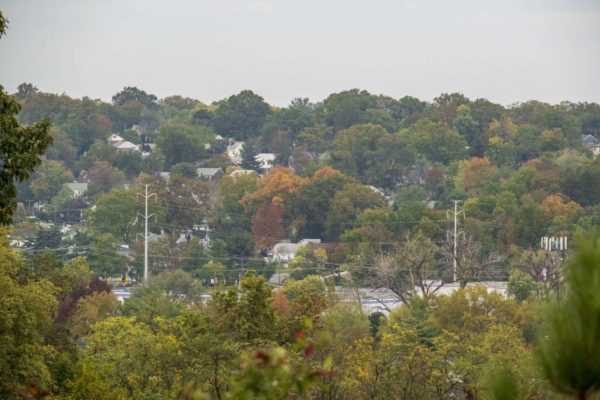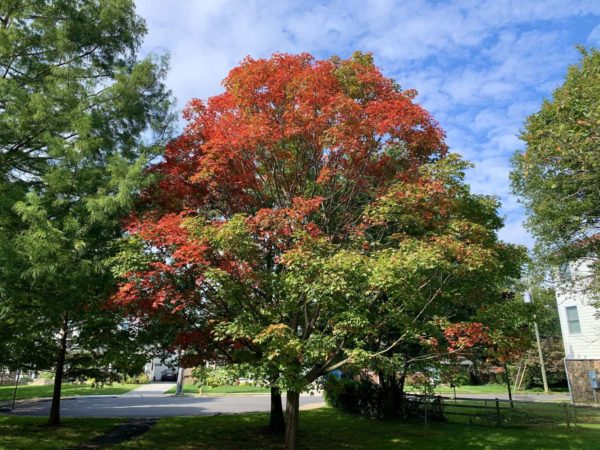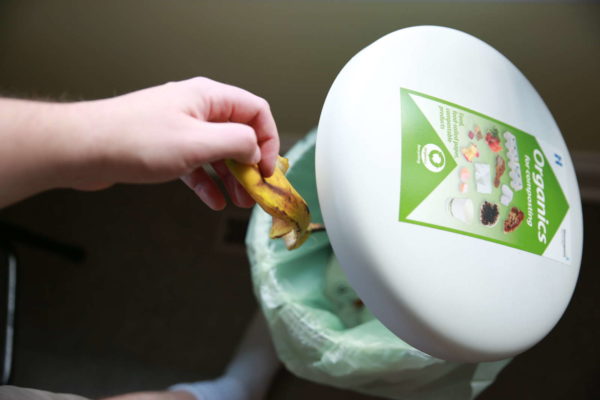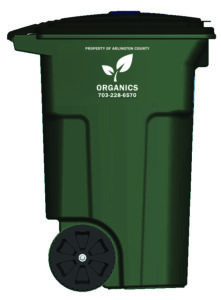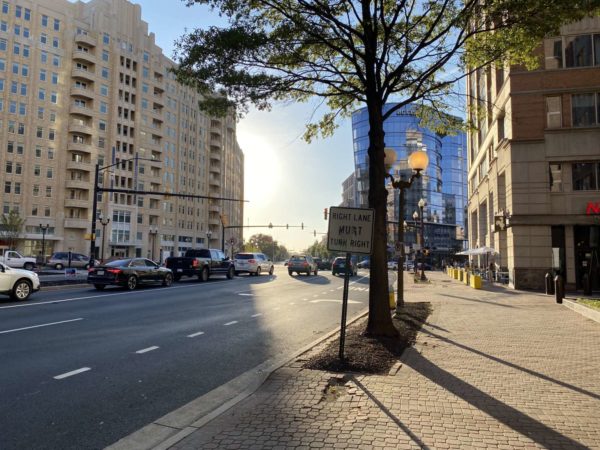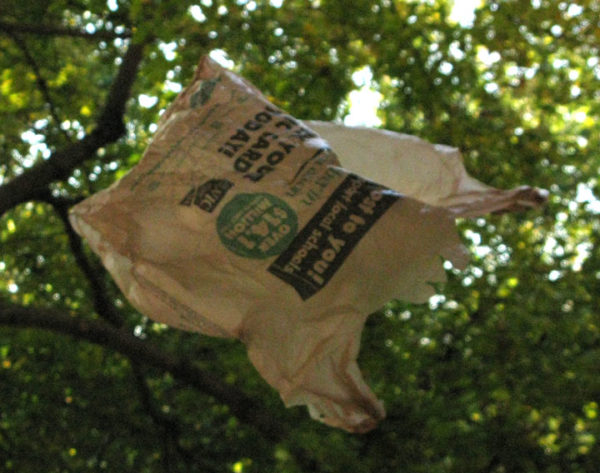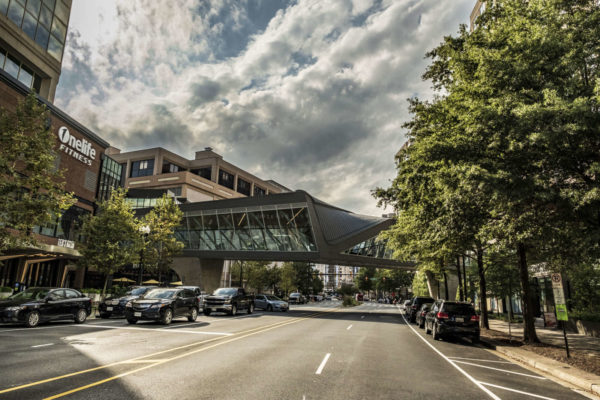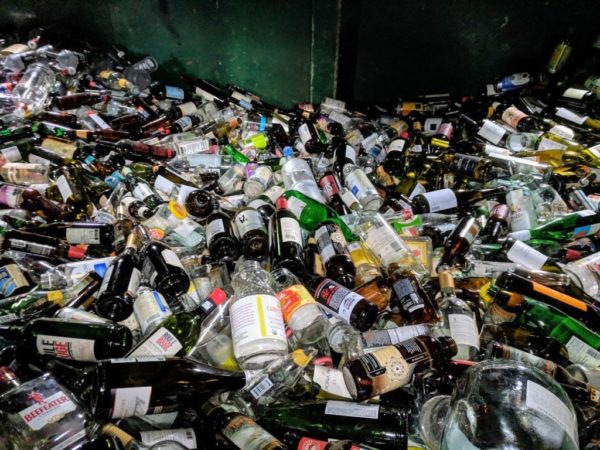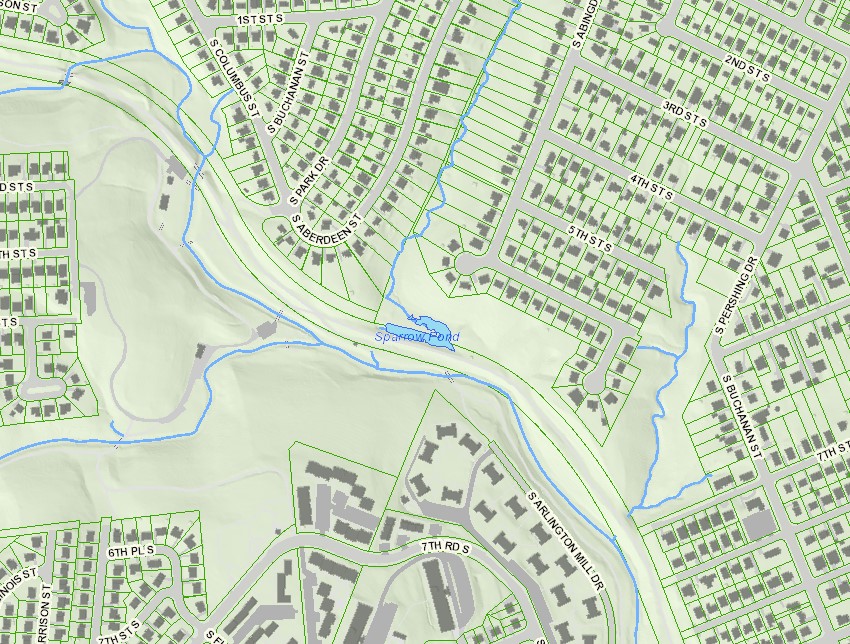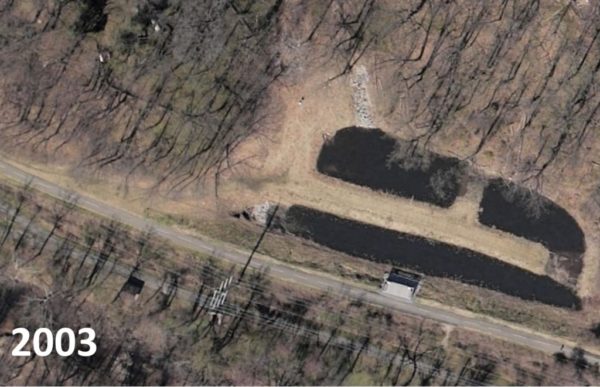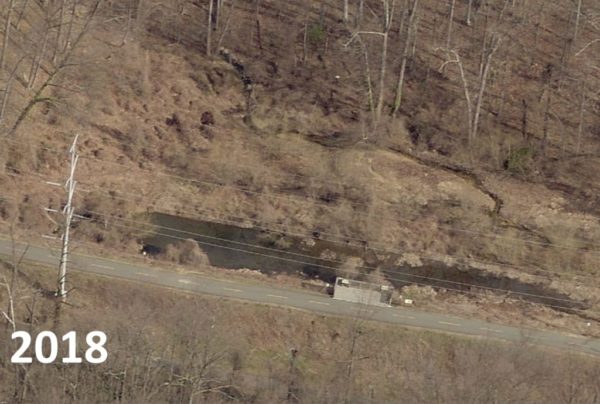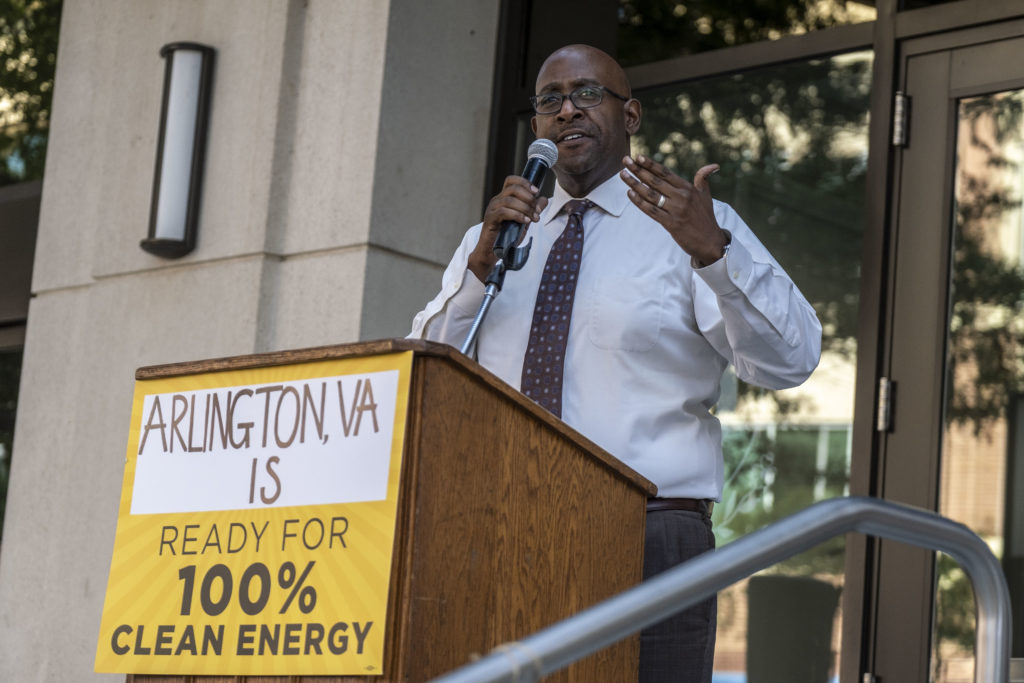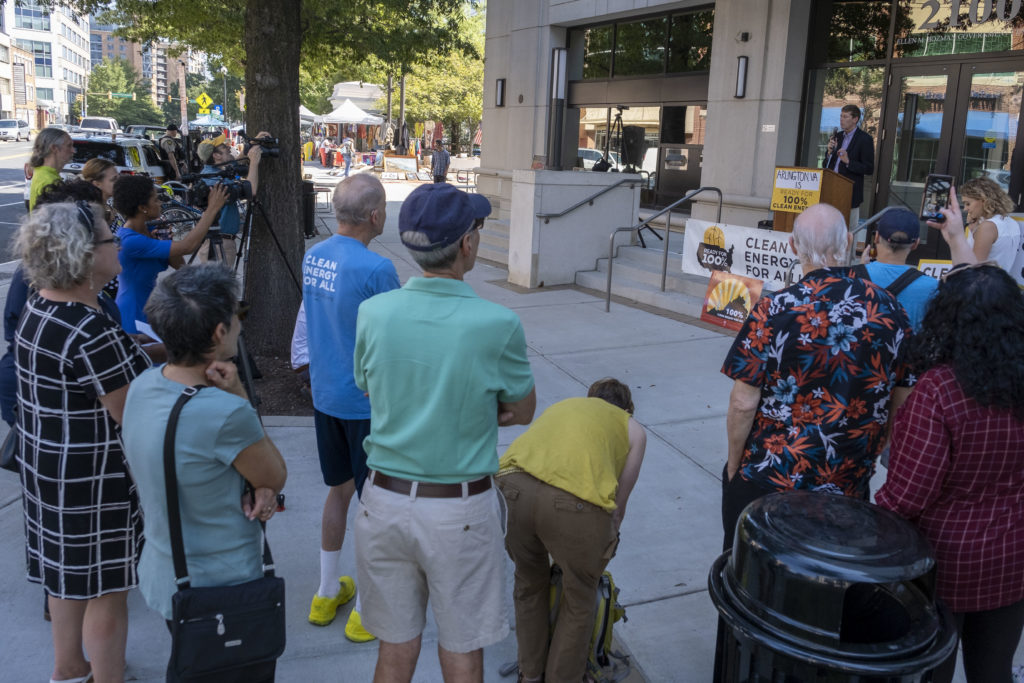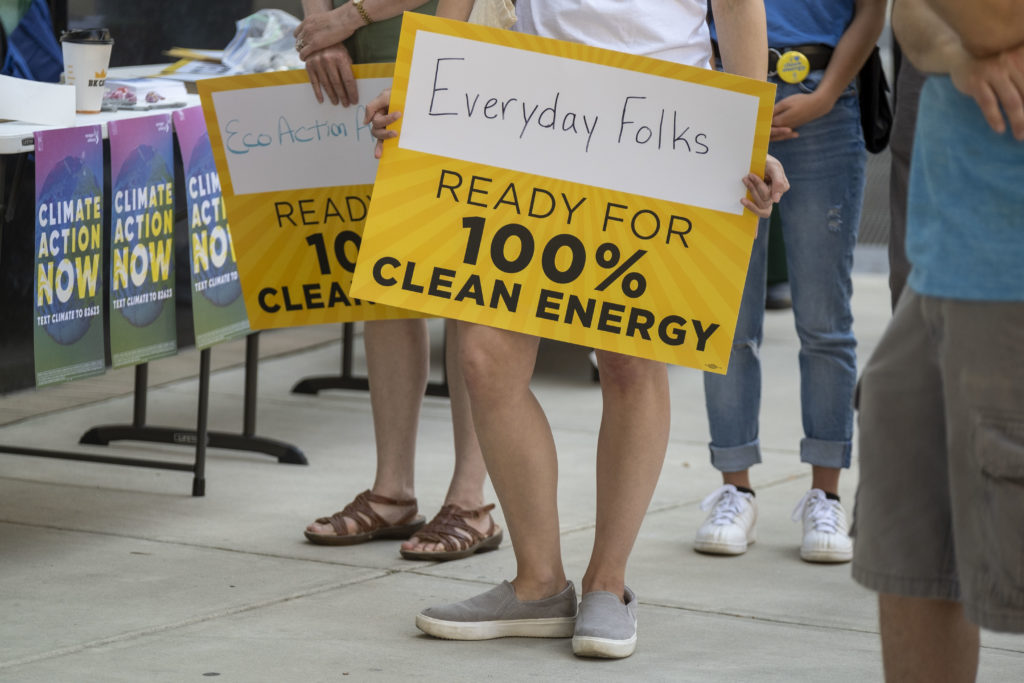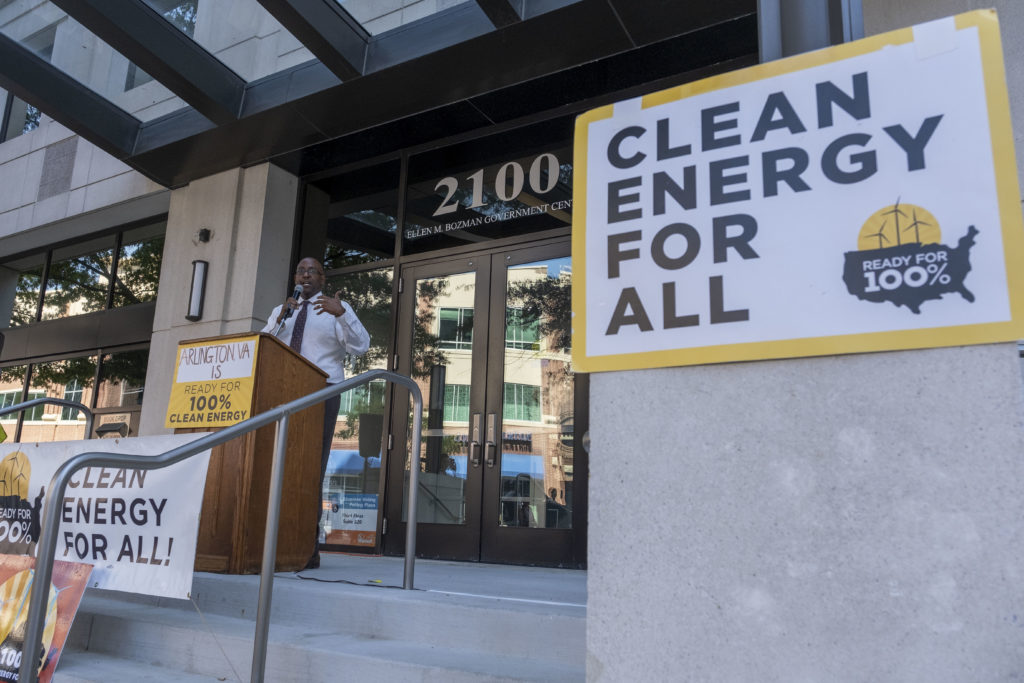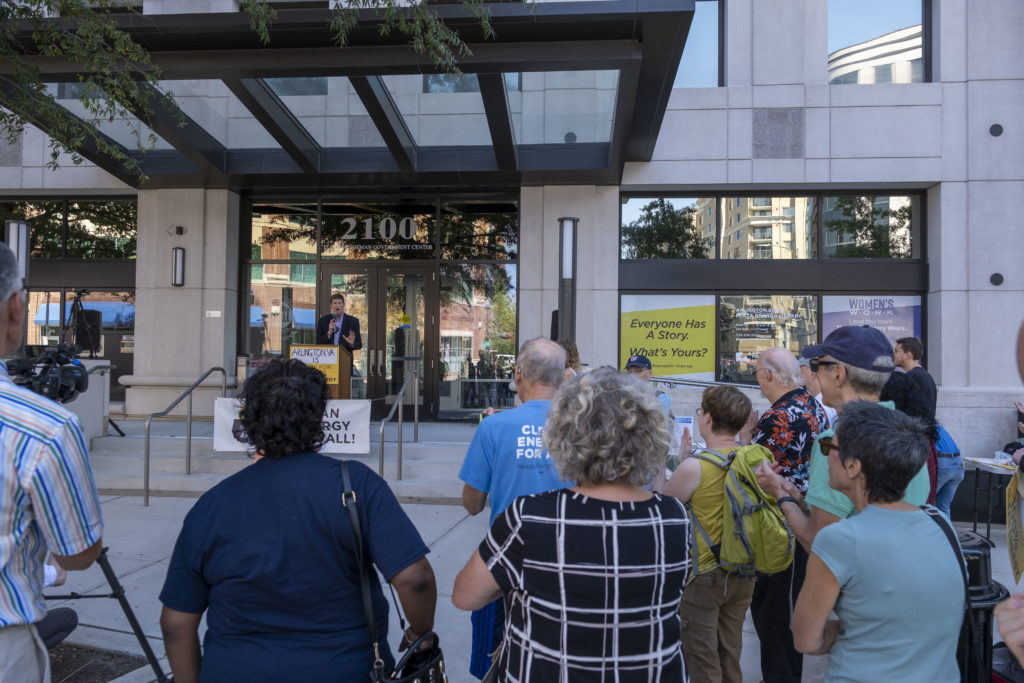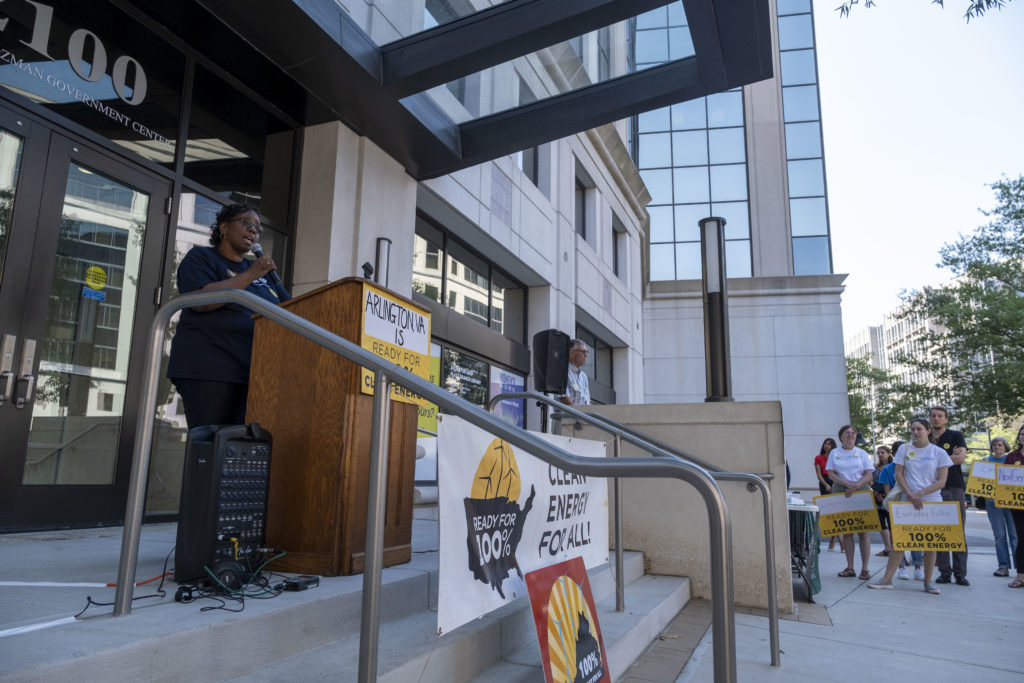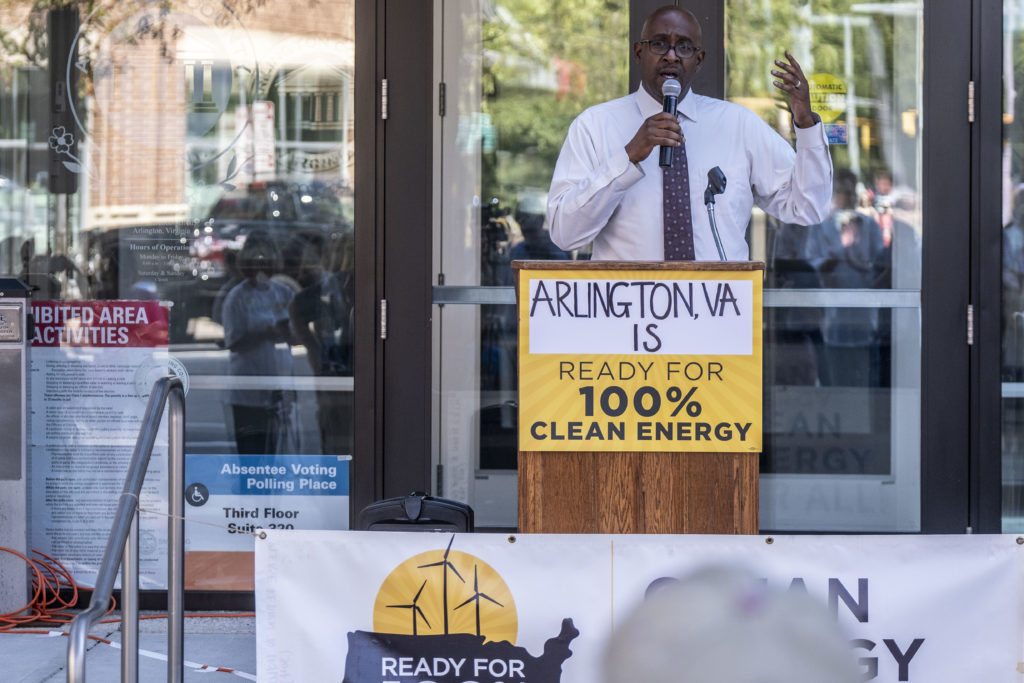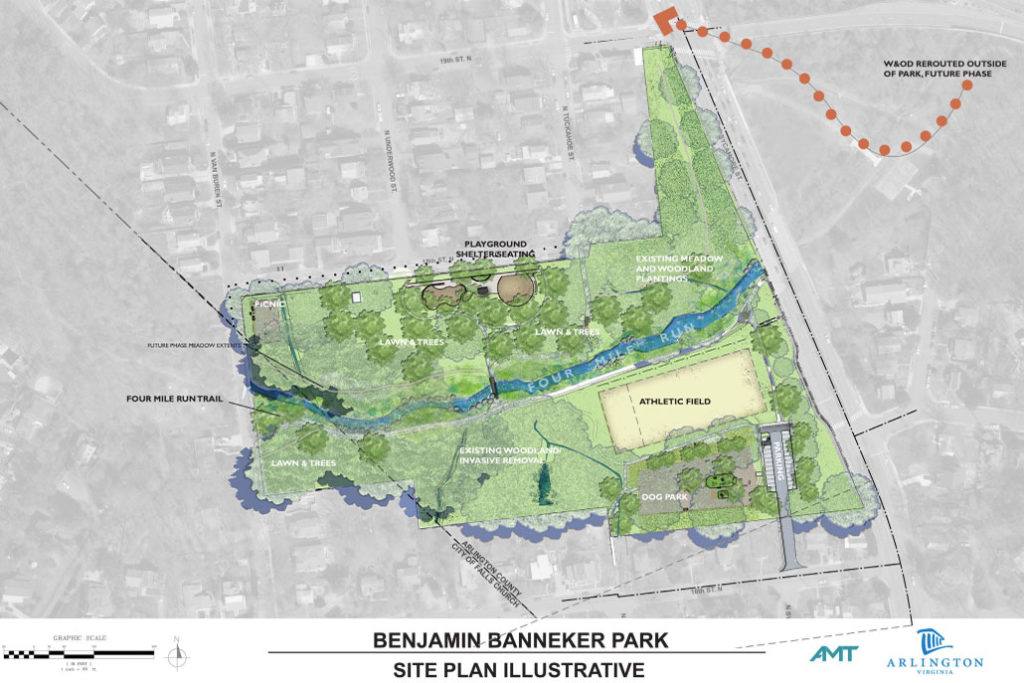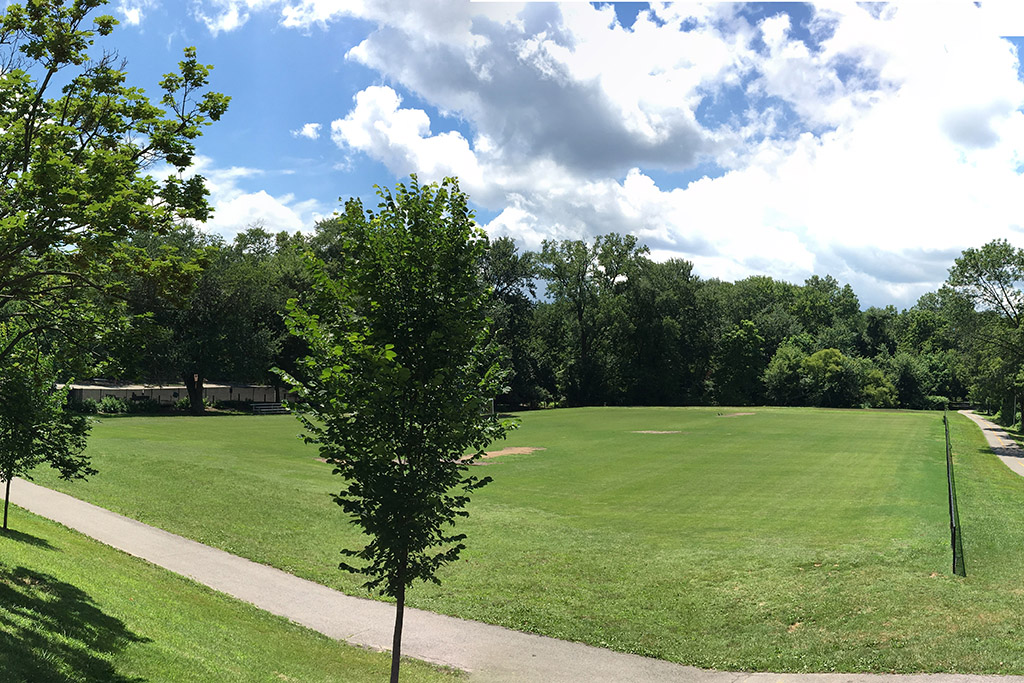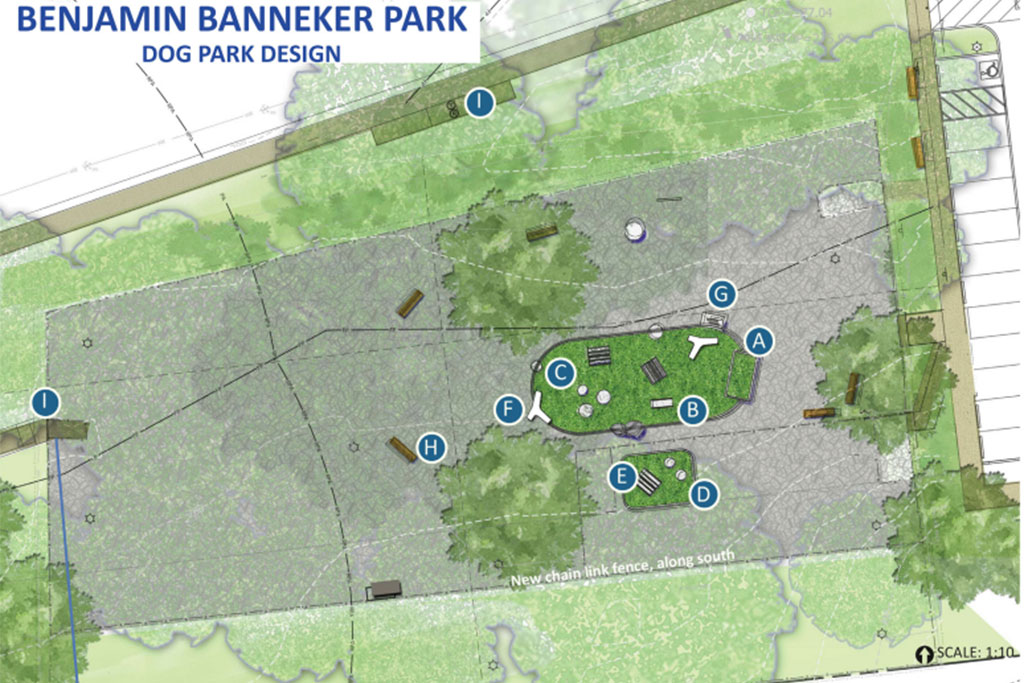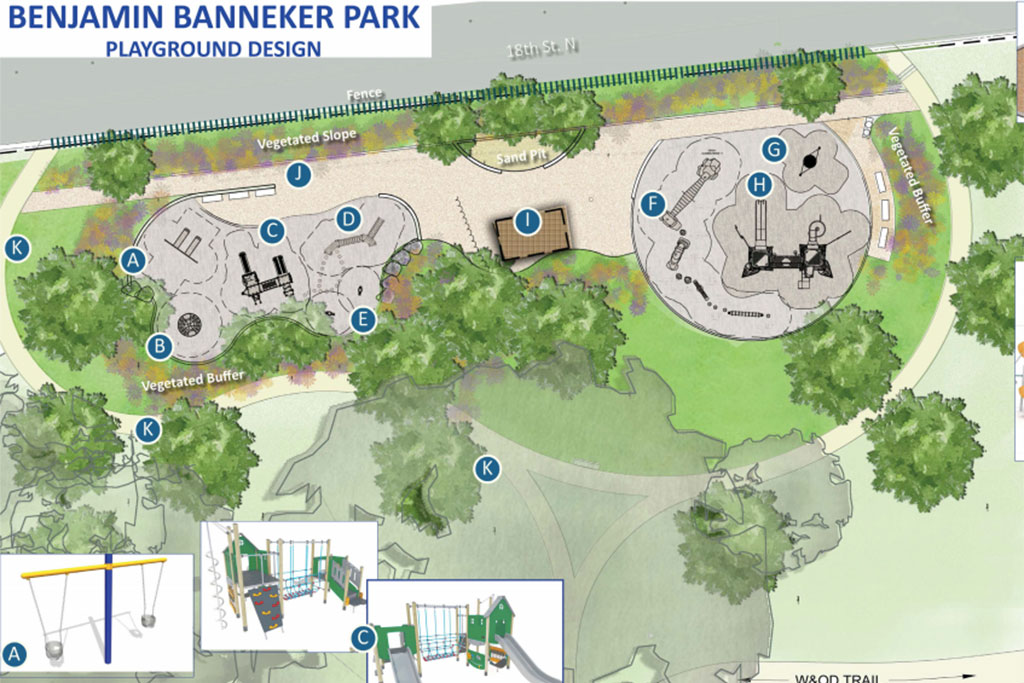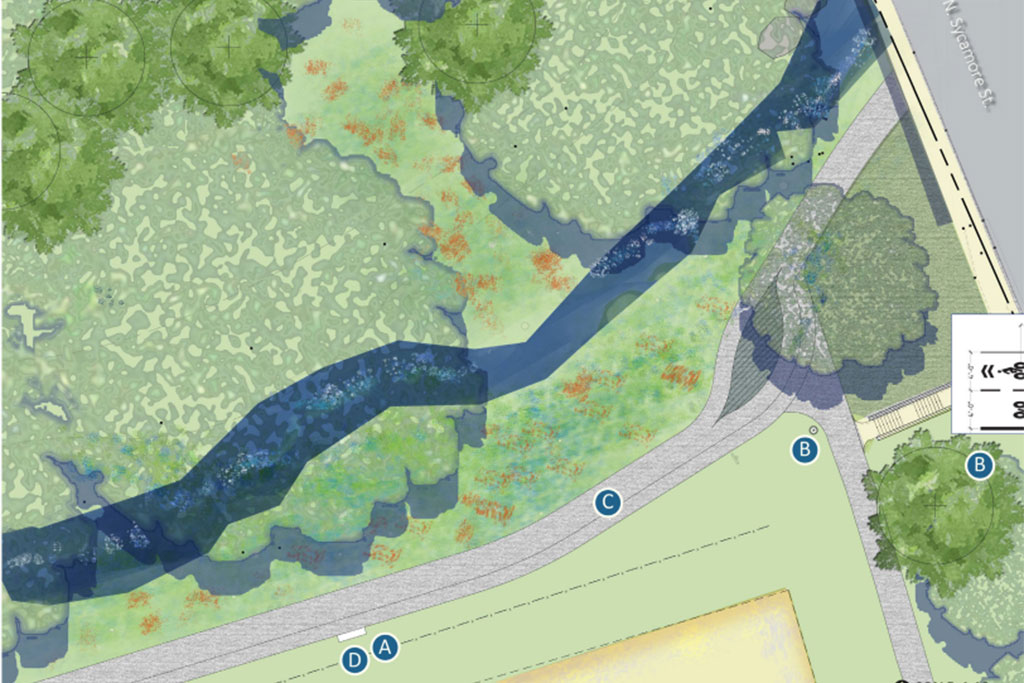That’s one of the questions Arlington’s Department of Parks and Recreation is asking as it begins a two year-long process to update its Forestry and Natural Resources Plan (FNRP). The new plan will include “a variety of long-term goals, strategies and priorities that address tree canopy in a comprehensive, systematic manner,” according to the project website.
The public is now being asked to weigh in on how to improve nature, tree canopy and natural areas within the 16,500 acres of a county that, as of 2017, has a tree canopy of 41%. That’s the same percentage as when the FNRP’s predecessor, the 2004 Urban Forest Master Plan, was approved.
The visioning and information gathering process for the FNRP began in November and will continue through next February with yet-to-be-scheduled community and focus group meetings. A draft plan will be drawn up for public review by September 2021, and, after another period of public engagement the final draft plan is scheduled to come out in February 2022, with County Board approval set for May 2022.
The FNRP is part of the Public Spaces Master Plan (which is a component of the County’s Comprehensive Plan) and will “serve as the guiding document for Arlington County’s management practices related to trees, plants, wildlife and more,” according to the project website. “This plan will cover topics regarding impacts and opportunities related to Arlington’s tree canopy, natural lands, urban development, wildlife, recreation, public education and stewardship among others.”
Questions to the public include:
- How frequently do you visit Arlington’s natural areas (e.g., forests/ woods, meadows, streams, etc.)?
- What are your favorite types of natural areas to visit?
- What do you think are the best ways to conserve and expand Arlington’s natural resources?
- If you could snap your fingers, what would be your one wish to improve nature in Arlington?
- What do you think is the biggest threat to the future of Arlington’s natural resources and tree canopy?
- What would you hope Arlington’s natural resources and tree canopy look like in 30 years?
- What areas of opportunity are there to EXPAND Arlington’s tree canopy?
The county produced a video, below, to promote the update to the plan and the accompanying public survey.


